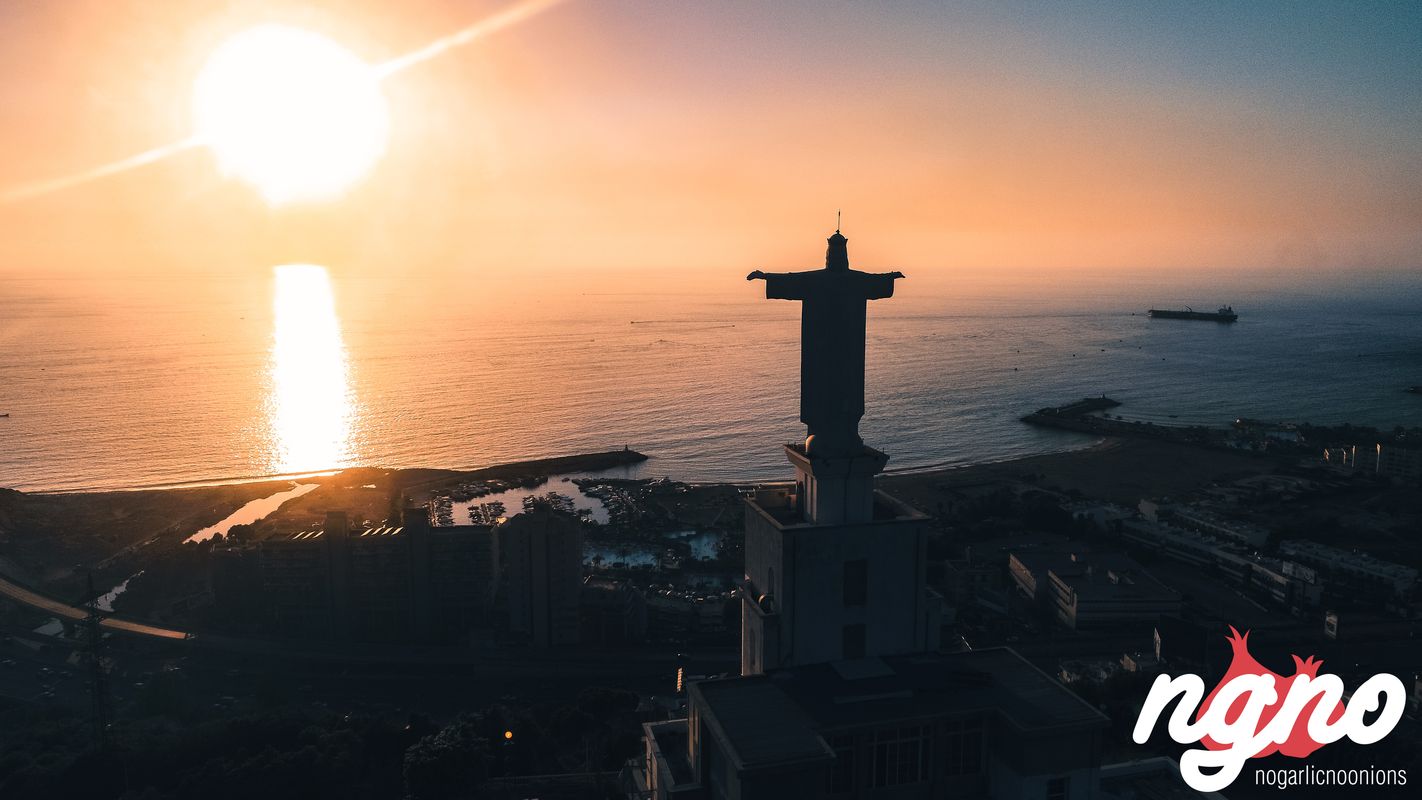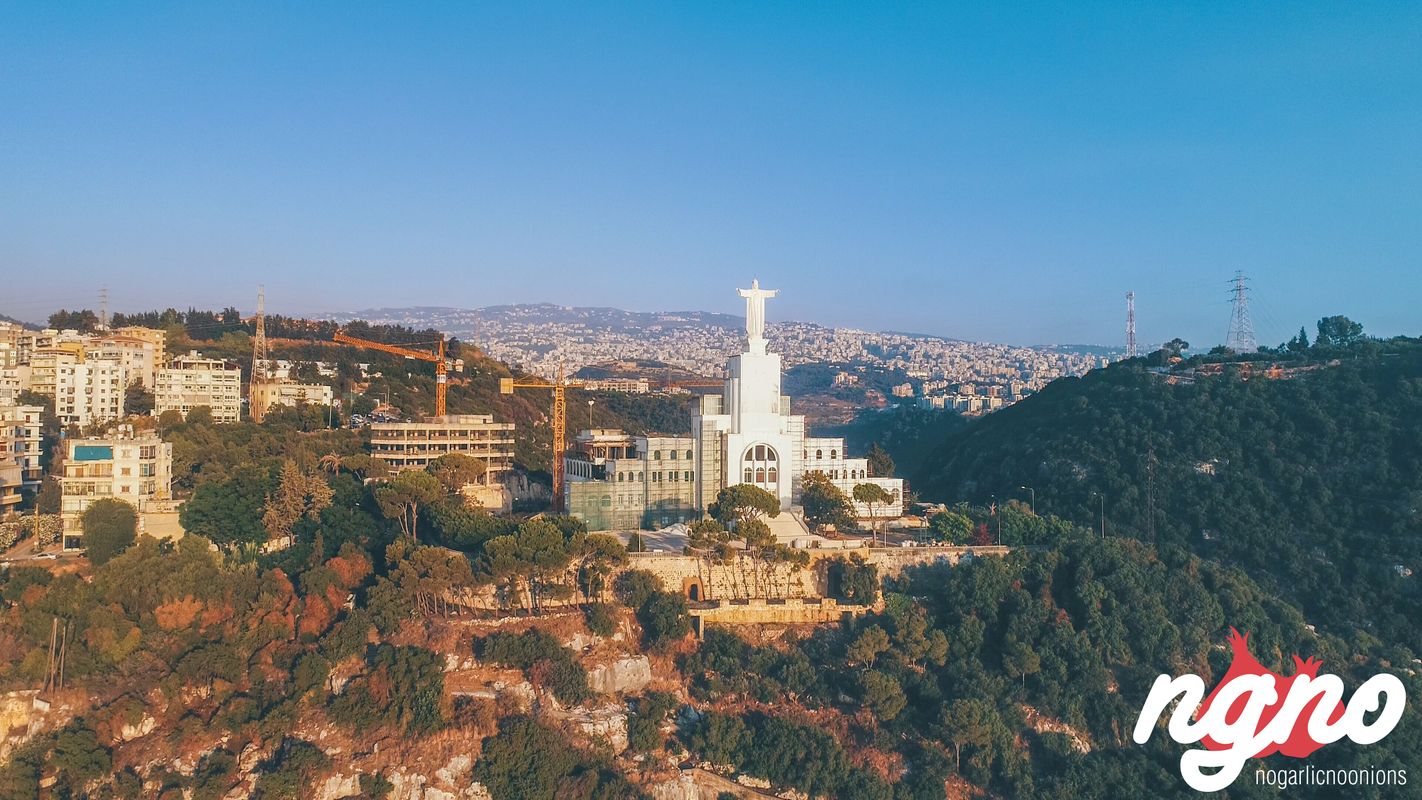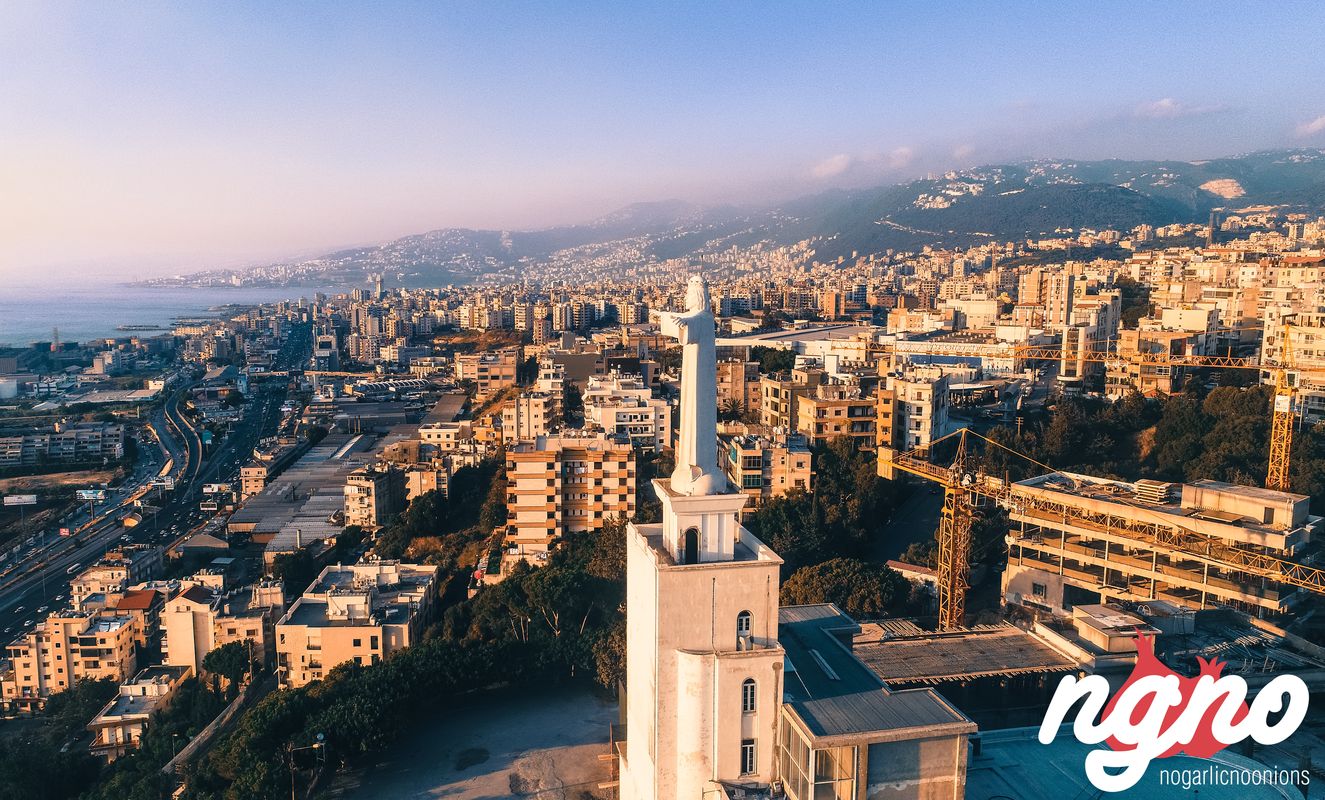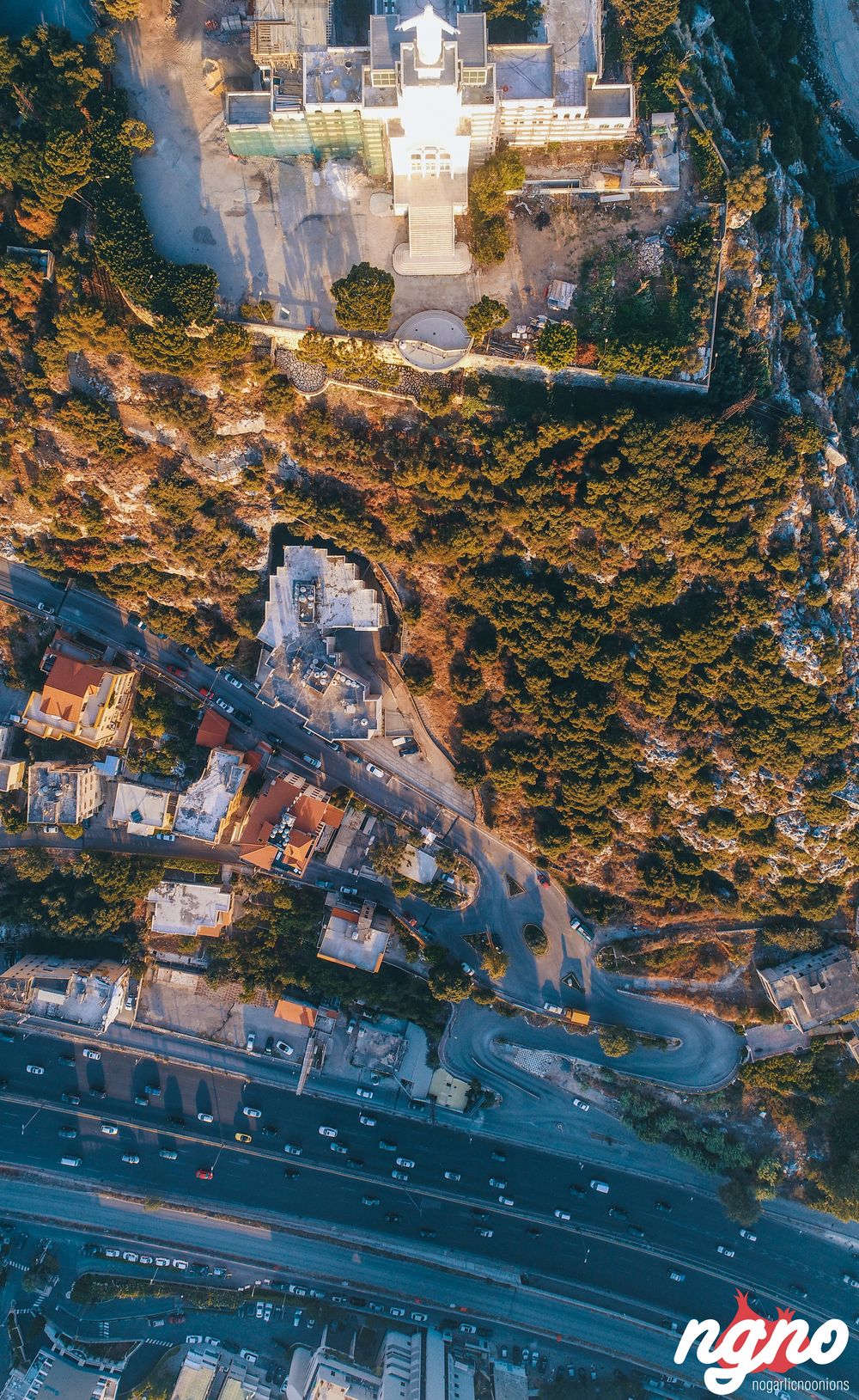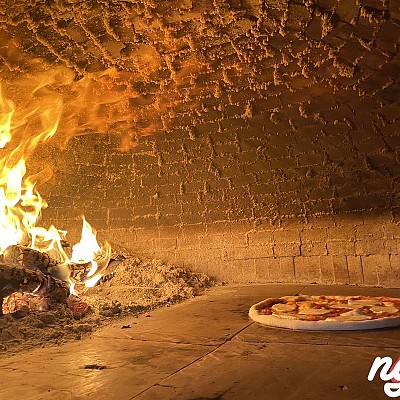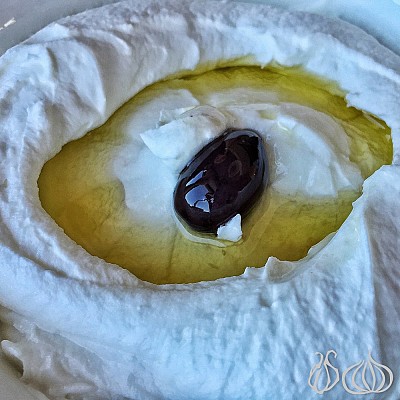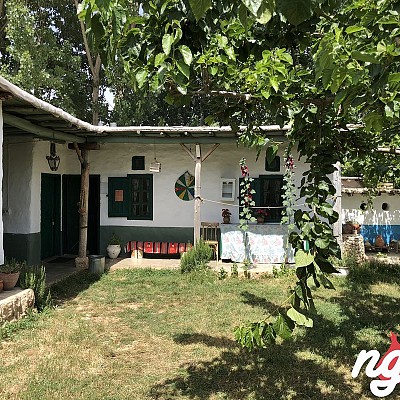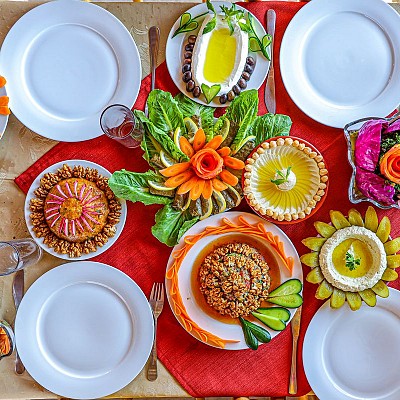Discover Lebanon; Between Kesserouan and the district of the Metn, a river runs down to the sea whose name is legendary – Nahr el-Kelb, the Dog River. It pours out of the caverns of Jeita and then meets the sea between two sharply rising hills. On one of these stands the monastery Mar Yusuf al-Borj while above the cliff on the opposing side stands the institution of Christ the King. The river has an abundant flow sufficient to irrigate agricultural land and also to supply Beirut with clean drinkable water. One can take a most agreeable walk along the river banks.
The Christ the King complex comprises a hospice and a retirement home for the clergy. The statue that dominates everything recalls that of Christo del Corcovado dominating Rio de Janeiro in Brazil. It was in 1950 that the Capuchin Father Blessed Jacques (Yaacoub, James) managed to acquire this high hill on the right side of the river and to build a hospice, with a religious house and church, on the site where the monument now rises. The hill itself still bears the name of Kherbet al-Malik, the King’s Ruin.
The great statue of Christ standing above points with its right hand towards Our Lady of Lebanon, the Holy Virgin of Harissa, and with its left towards the monastery of Mar Yusuf, Saint Joseph, bringing together Jesus, Mary and Joseph in the Holy Family.
At a lower level, at the foot of the hill bearing the Saint Joseph Monastery, there are the famous steles on which are inscribed the names of the great strategists of history to commemorate their passage with their armies through this narrow and difficult pass between the mountains and the sea.
Christ the King may be reached by following the coastal highroad northward from Beirut or by taking the road from the town of Zouk. It is just over eight miles from the capital and stands at an altitude of three hundred feet. As one enters, one comes onto an esplanade that has been planted with trees and there one is entranced by the splendid view of Beirut, the sea, the river, the mountains and the valley.
One feature of the valley is an aqueduct barely visible among the vegetation and the roots of ancient trees alongside the river. Further, while work on the project of Christ the King was going ahead, the workmen discovered a charming cave at the foot of the building. They called out to “Abouna Yaacoub” and he answered, “This is for the Queen, there can be no king without a queen!” So the grotto was converted into a sanctuary to honor the Virgin Mary, Queen of all creation.
This religious house is a place of recollection, of meditation, of rest, and of prayer, particularly for members of the clergy who are getting on in years and who need relaxation, care and the service of an infirmary. But the center opens its arms to everybody and welcomes members of the laity for prayer and religious retreats, for which the faithful come from every region.
One room in particular has been arranged inside to hold a collection of photographs and souvenirs of Father Yaacoub. Halls have been provided to serve for video projections, congresses, reunions and seminars. The feast of Christ the King is celebrated on the last Sunday of October.
At present the house and the church are undergoing restoration. The worksite is a busy one, on account of the wholesale modernization of the whole building including the church, the gardens, the inside installations, the grotto and the approaches. All this is very costly and will demand much time and effort.
The achievements of the great saint Father Yaacoub are colossal. They not only cover all Lebanon but also extend all over the Middle East and go far beyond, with religious houses, seminaries, schools, hospitals, homes for the ill and the elderly, retreat houses, churches and reception centers.
For Bless Father Yaacoub national boundaries do not exist. Any person who is sick, disabled, suffering, poor or hungry is a human being created by God in His own image and likeness. No discrimination is to be made between races, communities, or nationalities, for all are brothers in Christ and his children. Nobody should miss a chance for going to visit Christ the King with its glorious site overlooking mountain and sea.
Joseph Matar - William Matar
Translation from the French: Kenneth Mortimer


















